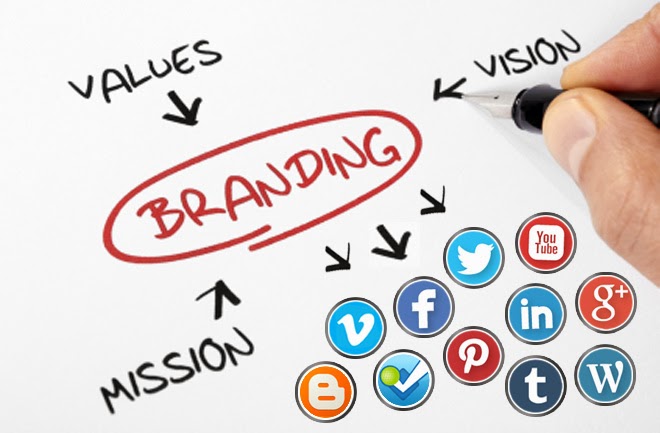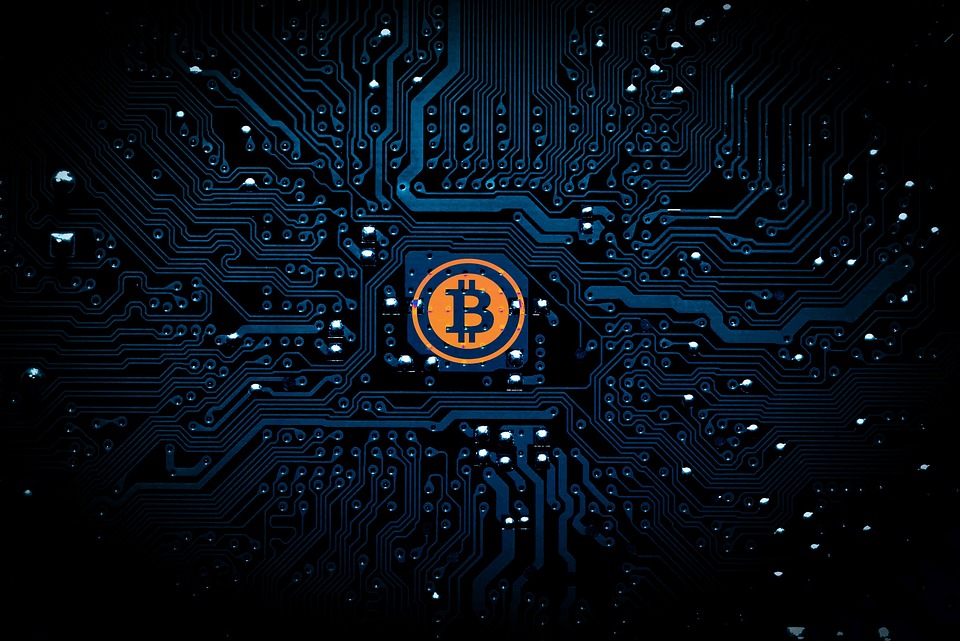Enabling devices and applications for doing more complicated tasks is the bane of all software developers. And yet, many of them have achieved a good degree of success in this field. So much so, what started out as a technology connecting places and people has now changed into a technology connecting things. Unimaginable as it is, a growing number of objects are getting connected to the Internet and this phenomenon is the Internet of Things.
The growth of the Internet of Things companies
The software service providers aim to simplify things by using digital technology. This is good since it tells you what is going on just by looking at it. But, unless one applies artificial intelligence, it is not possible to expand the horizons of progress to cover all those things we need for our comfortable lifestyle. The service providers help with innovations in software that help you develop apps to help you govern things. See the latest from the Internet of Things companies in India. You will find a few to help you grow your business as well.
Computing has now spread its wings and gone outside the computer. The Internet of Things helps you devise controls and measures to get things done. You do this in a seamless, efficient, and interpretable form. Primary examples include HVAC and thermostat control using the smartphone and controlling the level of the water in the swimming pool. You can see that the services get grouped according to those having an identity relation and those having an information aggregation service.
Identifying specific things
We can classify the identity-related services into things with an identification tag (RFID) and the read devices that look at the identities. The read device makes requests to the identification server to get more information on the thing it identifies. Here we see another branch depending on the type of device you use. The devices using constant power supply will give the information immediately while those running on passive power will need at least a battery source to operate.
You can begin the signal transmission from the RFID tag using electromagnetic waves. This will be of the read-from format, unlike the active devices that give signals all the time. The Internet of Things services helps gather and process data from sensors and use them to run the application. Here you see that the information aggregation devices do not have to communicate with each other at all.
Recommended for you: Why Business Analytics is important for Digital Transformation Solutions
Information aggregation technology
They operate independently using the sensors and the network devices. This opens the path for incorporating many technologies and enterprise services that have a prior connection to the IT network. This is much different from the collaborative services that use the aggregated data for providing the service. Here you see a network of sensors and the devices having the power to communicate with them. It can receive signals and then relay messages to control the further operations.
Each branch of the technology has a different field of application. When IoT is able to distinguish and overcome protocol distinction barriers, then they will provide ubiquitous services. Many of the applications we use on the Internet will benefit from these services.


